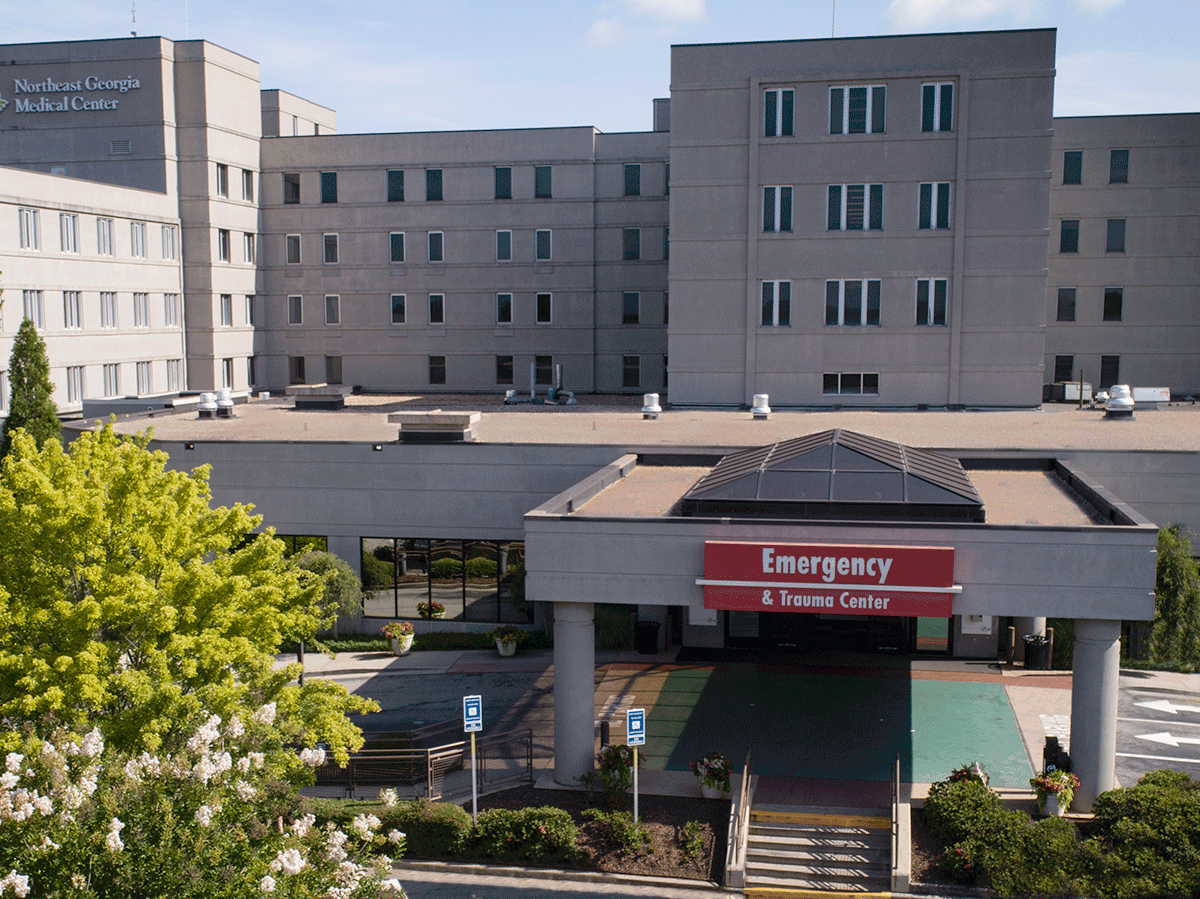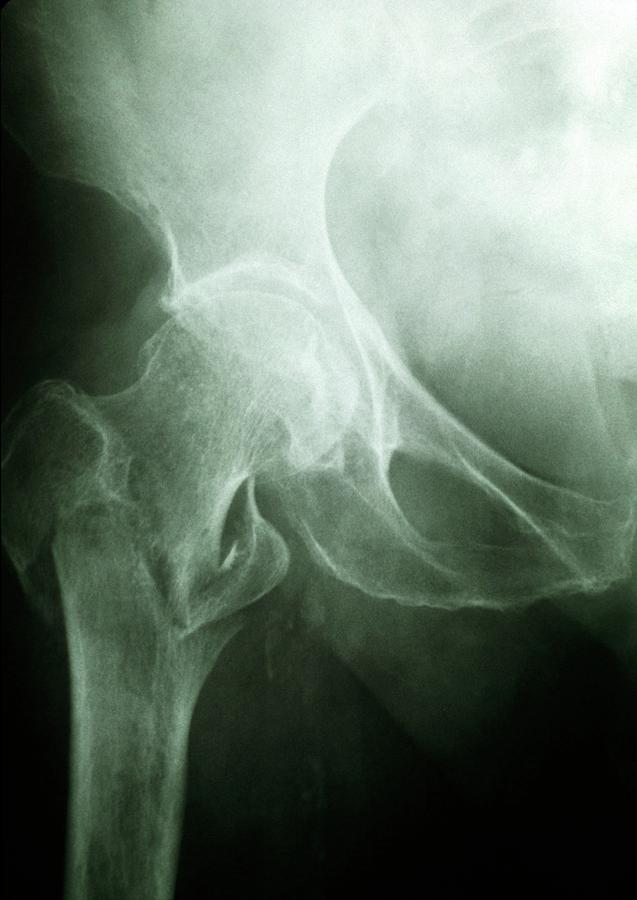The mortality rate for osteoporotic hip fracture has been a subject of interest for researchers and healthcare professionals. Osteoporotic hip fracture commonly occurs in elderly individuals, especially women, and is associated with high morbidity and mortality rates. This article aimed to analyze and summarize the available literature regarding the mortality rate for osteoporotic hip fractures.
Numerous studies have been conducted to investigate the mortality rate after an osteoporotic hip fracture. These studies consistently indicated that hip fracture significantly increases the risk of death. The mortality rate varies across different populations and timeframes. However, it is generally reported to be high, with estimates ranging from 12% to 37% in the first year following the fracture.
Several factors contribute to the increased mortality rate associated with osteoporotic hip fractures. Firstly, the fracture itself imposes physical limitations on the individual, leading to reduced mobility and an increased risk of complications such as pneumonia, deep vein thrombosis, and pressure ulcers. Secondly, comorbidities such as cardiovascular diseases, respiratory diseases, and dementia are commonly observed in elderly individuals with osteoporosis, further complicating the post-fracture prognosis. Additionally, the surgical intervention required for treating the fracture can also impose a significant physiological stress on the patient’s body, further contributing to the mortality risk.
Efforts have been made to identify strategies to reduce the mortality rate for osteoporotic hip fractures. Preventive measures such as fall prevention programs, calcium and vitamin D supplementation, and appropriate exercise have shown some potential in decreasing the incidence of hip fractures and consequently reducing mortality rates. Timely diagnosis and prompt surgical intervention are also crucial in improving outcomes and reducing mortality risks.
In conclusion, the mortality rate for osteoporotic hip fractures is high, with estimates ranging from 12% to 37% within the first year following the fracture. Various factors, including physical limitations, comorbidities, and surgical interventions, contribute to this increased risk. Preventive measures, early diagnosis, and timely intervention are essential in reducing mortality rates associated with these fractures. Further research is required to develop more effective strategies to improve outcomes and reduce mortality rates for individuals with osteoporotic hip fractures.
What is the surgery for osteoporosis fracture?
The most common surgical techniques are vertebroplasty and kyphoplasty. Both are minimally invasive procedures that use thin tubes to inject orthopedic bone cement into the affected vertebrae (back bones). In vertebroplasty, your surgeon will inject the bone cement directly into the weakened vertebrae via a thin tube.
What type of fracture is associated with osteoporosis?
Compression fractures Bone breaks, particularly in the spine or hip, are the most serious complications of osteoporosis. Hip fractures often are caused by a fall and can result in disability and even an increased risk of death within the first year after the injury.Sep 7, 2023
What fractures are most common in osteoporosis?
Fractures caused by osteoporosis most often occur in the spine. Spinal fractures — called vertebral compression fractures — occur an estimated 1.5 million times each year in the United States. They are almost twice as common as other fractures typically linked to osteoporosis, such as broken hips and wrists.
How is osteoporosis fracture treated?
Therapeutic principles of osteoporotic fracture include fracture reduction, surgical or non‐surgical immobilization, rehabilitative exercise, and anti‐osteoporosis therapy; ideally treatment involves an organic combination of all four principles.

What trauma level is Northeast Georgia Medical Center?
NGMC is a Level I trauma center- meaning that NGMC has the necessary personnel and equipment to handle all types of traumatic injuries – no matter how big or small – at any time. Our trauma center treats more than 2400 patients with traumatic injuries each year.
What level trauma center is Northeast Georgia Medical Center?
NGMC is a Level I trauma center- meaning that NGMC has the necessary personnel and equipment to handle all types of traumatic injuries – no matter how big or small – at any time. Our trauma center treats more than 2400 patients with traumatic injuries each year.
What level trauma center is northeast georgia medical center?
NGMC is a Level I trauma center- meaning that NGMC has the necessary personnel and equipment to handle all types of traumatic injuries – no matter how big or small – at any time. Our trauma center treats more than 2400 patients with traumatic injuries each year.

Who is the trauma director of Northeast Georgia Medical Center?
– When it comes to trauma care, patients in northeast Georgia can trust they’ll receive the care they deserve at Northeast Georgia Medical Center’s (NGMC) Level I trauma center. Much of that is due to the work Jesse Gibson, trauma program director at NGMC, has put in over the years.Nov 1, 2023



